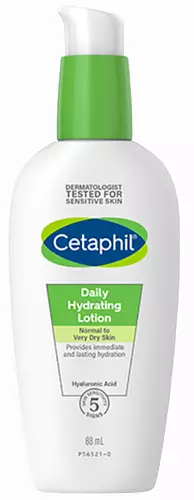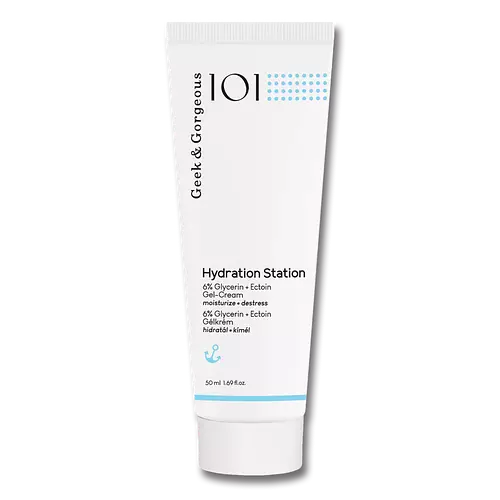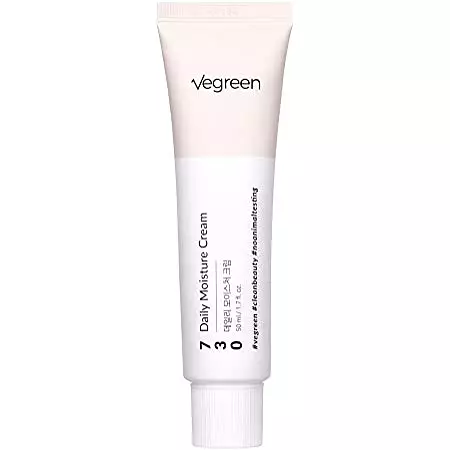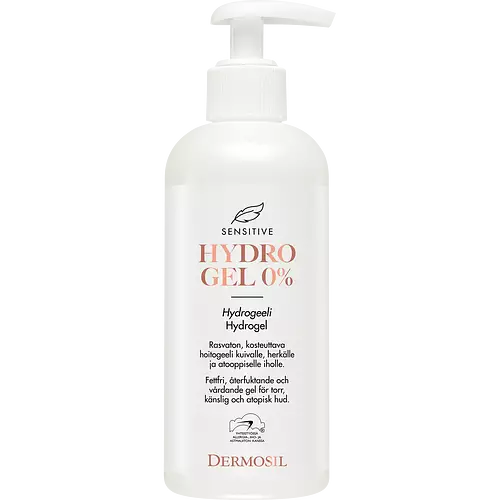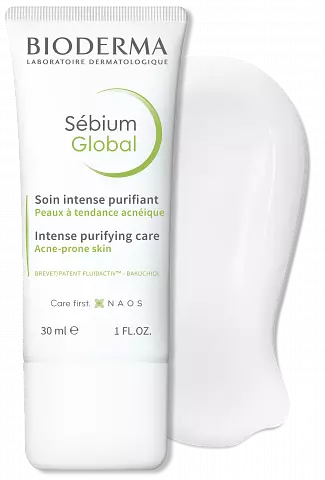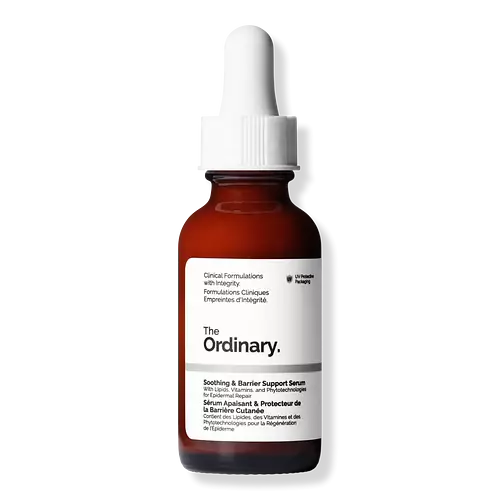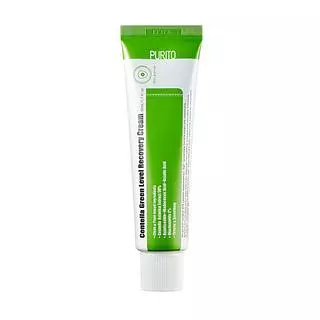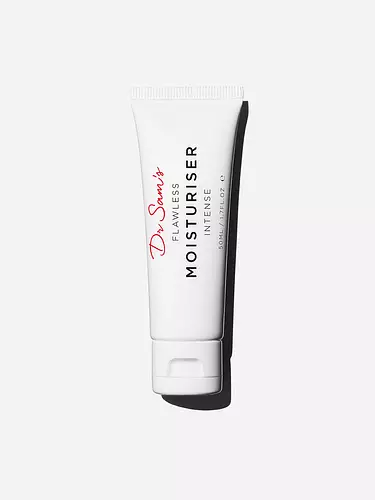Cetaphil Daily Hydrating Lotion with Hyaluronic Acid - Normal to Very Dry Skin Versus Geek & Gorgeous Hydration Station
Updated on October 29, 2023
Overview
What they are
These products are both reef safe general moisturizers. They have a total of 4 ingredients in common
Cool Features
They both contain Vitamin E
Suited For
They're both likely to be good for dry skin and brightening skin
Free From
They both do not contain any harsh alcohols, common allergens, fragrances, parabens or sulfates
We independently verify ingredients, and our claims are backed by peer-reviewed research. Spot a product that needs an update? Let us know.
Ingredient Info
Cetaphil Daily Hydrating Lotion with Hyaluronic Acid 20 ingredients
Geek & Gorgeous Hydration Station 19 ingredients
At a glance
Click on any of the items below to learn more
Cetaphil Daily Hydrating Lotion with Hyaluronic Acid 20 ingredients
Geek & Gorgeous Hydration Station 19 ingredients
Notable Ingredients
This product contains 1 ingredient that may have this attribute:
This product contains 1 ingredient that may have this attribute:
Benefits
This product contains 1 ingredient that may have this attribute:
This product contains 2 ingredients that may have this attribute:
Notable Ingredients
This product contains 1 ingredient that may have this attribute:
Benefits
This product contains 2 ingredients that may have this attribute:
This product contains 1 ingredient that may have this attribute:
This product contains 1 ingredient that may have this attribute:
This product contains 2 ingredients that may have this attribute:
This product contains 2 ingredients that may have this attribute:
Concerns
This product contains 1 ingredient that may have this attribute:
Ingredients Side-by-side
Ingredients Explained
These ingredients are found in both products.
Ingredients higher up in an ingredient list are typically present in a larger amount.
Water. It's the most common cosmetic ingredient of all. You'll usually see it at the top of ingredient lists, meaning that it makes up the largest part of the product.
So why is it so popular? Water most often acts as a solvent - this means that it helps dissolve other ingredients into the formulation.
You'll also recognize water as that liquid we all need to stay alive. If you see this, drink a glass of water. Stay hydrated!
Learn more about WaterGlycerin is already naturally found in your skin. It helps moisturize and protect your skin.
A study from 2016 found glycerin to be more effective as a humectant than AHAs and hyaluronic acid.
As a humectant, it helps the skin stay hydrated by pulling moisture to your skin. The low molecular weight of glycerin allows it to pull moisture into the deeper layers of your skin.
Hydrated skin improves your skin barrier; Your skin barrier helps protect against irritants and bacteria.
Glycerin has also been found to have antimicrobial and antiviral properties. Due to these properties, glycerin is often used in wound and burn treatments.
In cosmetics, glycerin is usually derived from plants such as soybean or palm. However, it can also be sourced from animals, such as tallow or animal fat.
This ingredient is organic, colorless, odorless, and non-toxic.
Glycerin is the name for this ingredient in American English. British English uses Glycerol/Glycerine.
Learn more about GlycerinPhenoxyethanol is a preservative that has germicide, antimicrobial, and aromatic properties. Studies show that phenoxyethanol can prevent microbial growth. By itself, it has a scent that is similar to that of a rose.
It's often used in formulations along with Caprylyl Glycol to preserve the shelf life of products.
Tocopherol (also known as Vitamin E) is a common antioxidant used to help protect the skin from free-radicals and strengthen the skin barrier. It's also fat soluble - this means our skin is great at absorbing it.
Vitamin E also helps keep your natural skin lipids healthy. Your lipid skin barrier naturally consists of lipids, ceramides, and fatty acids. Vitamin E offers extra protection for your skin’s lipid barrier, keeping your skin healthy and nourished.
Another benefit is a bit of UV protection. Vitamin E helps reduce the damage caused by UVB rays. (It should not replace your sunscreen). Combining it with Vitamin C can decrease sunburned cells and hyperpigmentation after UV exposure.
You might have noticed Vitamin E + C often paired together. This is because it is great at stabilizing Vitamin C. Using the two together helps increase the effectiveness of both ingredients.
There are often claims that Vitamin E can reduce/prevent scarring, but these claims haven't been confirmed by scientific research.
Learn more about TocopherolIngredient Ratings
Here's what our community thinks of the ingredients in these products.
When to use
Cetaphil Daily Hydrating Lotion with Hyaluronic Acid 20 ingredients
Geek & Gorgeous Hydration Station 19 ingredients


Reviews
Here's what our community thinks
Cetaphil Daily Hydrating Lotion with Hyaluronic Acid 20 ingredients
Geek & Gorgeous Hydration Station 19 ingredients
Lyd__4361
Nice but gonna try other moisturisers instead
First FA safe moisturiser I’ve used. Had high hopes and expected this to become my holy grail but I...
Nice but gonna try other moisturisers instead
First FA safe moisturiser I’ve used. Had high hopes and expected this to become my holy grail but I find it pretty average. Always like a gel texture but sometimes when I use this on my face I find it looks like my face is still wet or it hasn’t absorbed fully so I end up going over to rub it in cuz it’s feels a tad sticky. Which i do find a bit unpleasant. But actually it’s one of the first moisturisers that i can’t feel sticking onto my face afterwards and i do love it for that. It’s like water on the skin, not another thick layer of moisture Id felt with others. Still can’t tell if it’s been breaking me out but I don’t feel like it soothes as much as I’d like it too because some areas of my face are very red so that’s why I’ll try another moisturiser. Since using this I have got more under the skin spots and I do believe it could be this causing it but of course everyone’s skin reacts differently.
